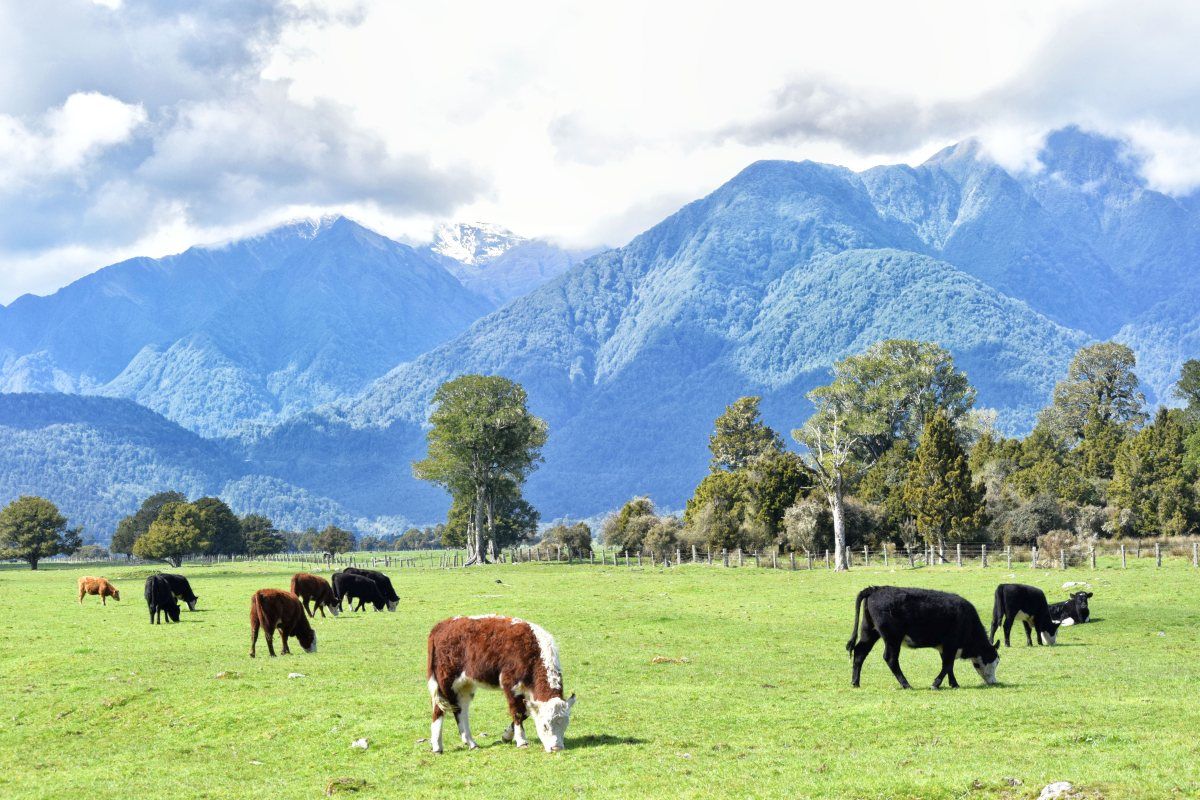High Court Judgement of 31 July 2020 a big win for science and the environment
The complex judgement comes down to 6 key points: Ballance sought a permanent injunction preventing Quinfert Algerian RPR being described as an RPR in advertising. It failed in this objective. To quote from the judgement: “Apart from the [Fertmark] citsol test, the Algerian RPR meets the other tests for RPR.” And further, the Judge said: … Read more

